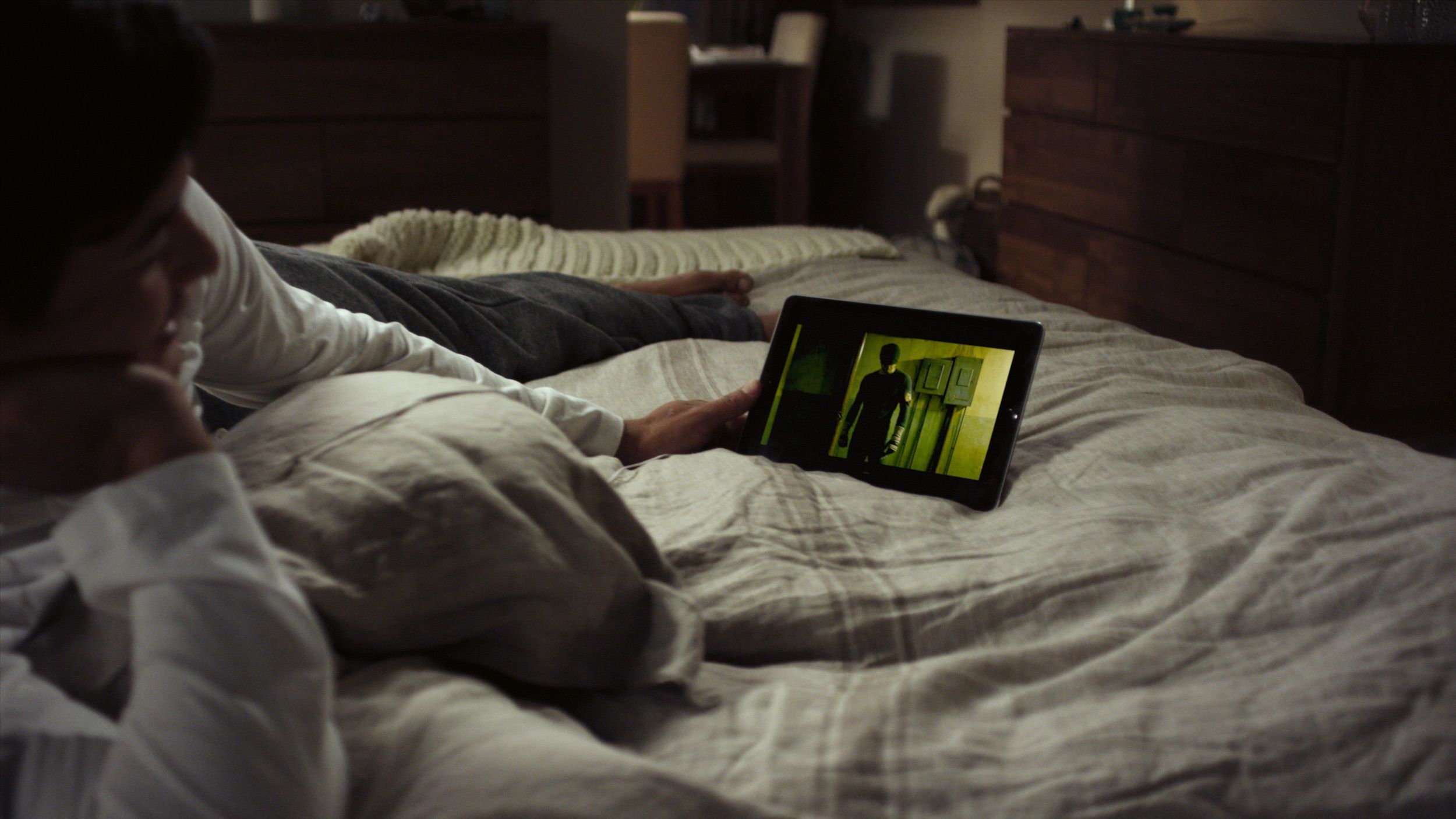Online Video Grows More Popular, Limelight Study Finds
Smartphone becomes most popular viewing device

The popularity of online video edged up in 2019, according to a new global survey from Limelight Networks.
On average viewers surveyed said the spent 6.8 hours per week watching online video, up 0.7% from 6.75 hours in the 2018 study.
Younger viewers--in the 18 to 35 age bracket--watched the most at 8.4 hours a week, with 14% viewing for more than 20 hours per week.
Of the nine countries involved in the study, viewers in the U.S. watched the most online video, with respondents saying they watched for 8.55 hours per week.
Limelight said that online video viewing was coming at the expense of broadcast, cable and satellite TV, which was down 10% from last year.
The most popular online video content was movies, followed by TV shows, news and sports. Those types of programming were all watched more than professional produced video on social media sites, user-generated content and watching people play video games online.
This year, for the first time, smartphones were the device used most for viewing online video at 2.08 hours, eclipsing computers. The U.S. is among the countries where the smart phone is the top device for viewing online video.
NEXT TV NEWSLETTER
The smarter way to stay on top of the streaming and OTT industry. Sign up below.
Watching online video on smart TVs and devices grew to 1.64 hours per week from 1.44 hours per week a year ago. The most popular devices were Amazon Fire TV and Google Chromecast globally and Roku in the U.S.
Limelight said that 70.4% of online viewers now subscribe to one or more SVOD service. The highest rate is in the U.S., with an average of 1.7 subscriptions, compared to 1.2% globally.
Not surprisingly, price is the primary reason people said they canceled an SVOD service. The second most popular reason was that the content available on that service was not interesting.
Limelight found that 60.6% of the people who watch online video also subscribe to a cable or satellite TV service. Like SVOD services, price is the top reason why people cancel cable.
As streaming increases, so does binge-watching, which was up 18% last year. Binge-watching sessions lasted on average 2 hours and 40 minutes. In the U.S. viewers binge-watch for 3 hours and 11 minutes a pop.
Pre-roll advertising, if its interesting to them, is not opposed by 74% of online viewers. Viewers are even more accepting of ads when they have the ability to skip them. The survey found that when it comes to AVOD, 87% of people are OK with short ads before a video if the content is free.
Resistance to advertising is stronger when the commercials appear in the middle of content, however.
The most frustrating part of watching video online is rebuffering, the survey found. While most viewers will keep watching after a first rebuffering, 66.3% of those surveyed said they would stop watching if it happens a second time.
Based on the survey, Limelight recommends that online video providers make content available on any devices, ensure high-quality mobile viewing experiences and deliver live content in real time.
The study was conducted for Limelight in early August by a company with access to consumer panels in France, Germany, India, Italy, Japan, Singapore, South Korea, the U.K. and the U.S. About 500 responses were collected from each country with a total of 5,000 global responses.
Jon has been business editor of Broadcasting+Cable since 2010. He focuses on revenue-generating activities, including advertising and distribution, as well as executive intrigue and merger and acquisition activity. Just about any story is fair game, if a dollar sign can make its way into the article. Before B+C, Jon covered the industry for TVWeek, Cable World, Electronic Media, Advertising Age and The New York Post. A native New Yorker, Jon is hiding in plain sight in the suburbs of Chicago.

